For product information and pricing, Chat with sales agent:
or email us : sales@clirik.com
Click links below to see related products.

It has been almost 3 years since COVID-19 swept the world, and many industries have been severely impacted. However, with the normalization of the epidemic, the demand for protective equipment has continued to increase.
The large increase in the production of medical protective equipment is a good opportunity for the calcium carbonate industry, and the future prospects of calcium carbonate are good.
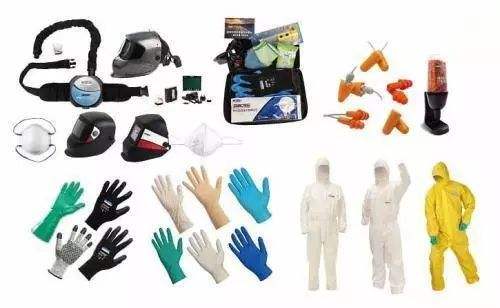
Medical Protective Equipment
Calcium carbonate is a common industrial inorganic compound that can be processed from limestone, calcite, marble, chalk and other ores. It is generally white powder, tasteless and odorless.
There are many kinds of related products in the calcium carbonate industry, including ground calcium carbonate (GCC), precipitated calcium carbonate (PCC), nano calcium carbonate, calcium oxide, calcium hydroxide, etc. important role in many fields.
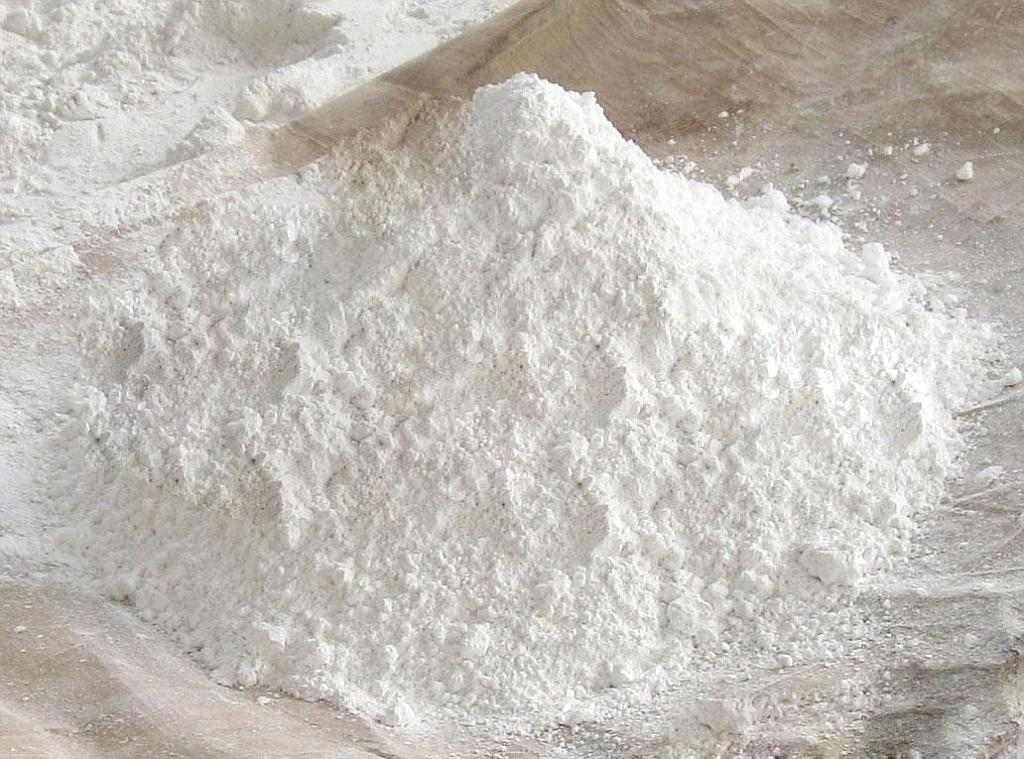
Calcium Carbonate Powder
According to the interview report of the person in charge of a large chemical enterprise conducted by Mineral Materials.com, a large number of non-woven fabrics will be added to the production of protective equipment such as masks, protective clothing, shoe covers, and hats.
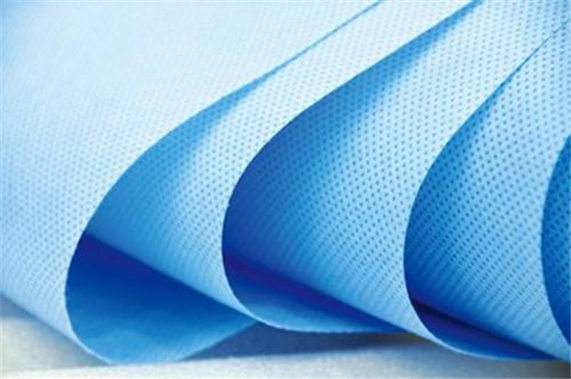
Non Woven Fabric
In the production of non-woven fabrics, a large amount of PP masterbatch will be filled, and calcium carbonate is the main raw material of PP filler masterbatch.
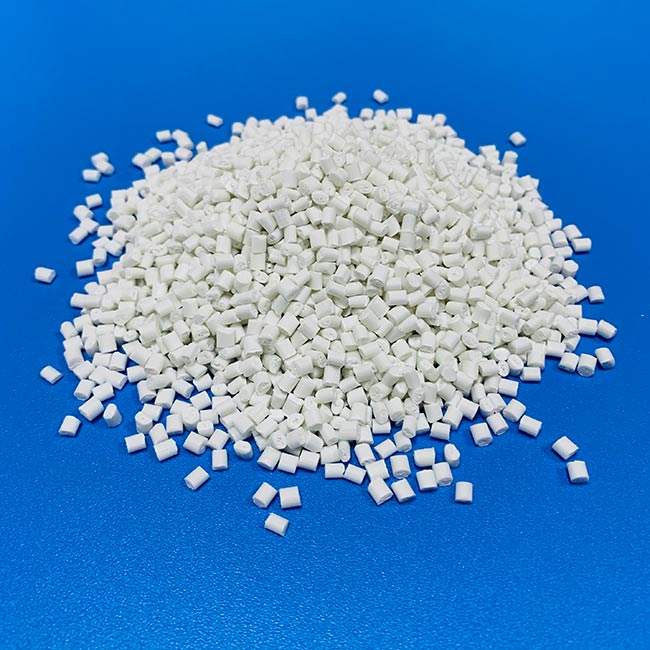
PP masterbatch
Adding calcium carbonate to the non-woven fabric can reduce costs, save resources, and reduce its decomposition time, which is more environmentally friendly. The calcium carbonate used in this field is generally between 1250 mesh and 2500 mesh.
As the fight against the epidemic continues, the consumption and production capacity of protective equipment will continue to increase, and the demand for calcium carbonate as an initial raw material will also increase.
After this epidemic, as people's awareness of protection increases, the emphasis on protective equipment, especially masks, increases, the demand for masks increases, and the production capacity increases.
Therefore, the market prospect of calcium carbonate can be expected to be relatively good, especially for ultra-fine The demand for calcium carbonate will greatly increase.
CLIRIK's ultra-fine calcium carbonate production equipment HGM ultra-fine grinding mill is an ideal choice for processing ultra-fine calcium carbonate powder.
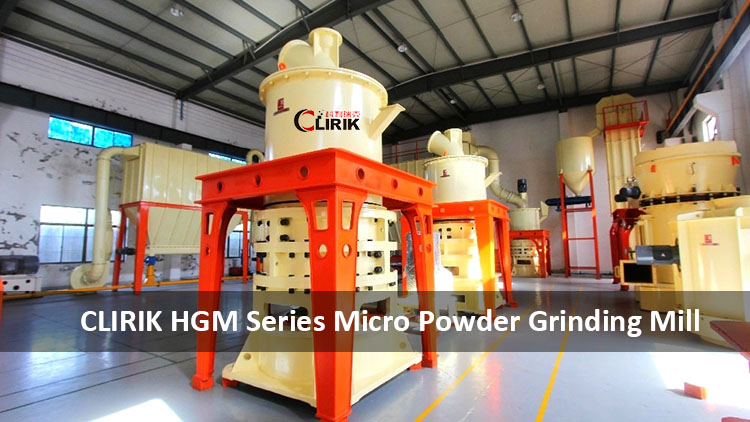
HGM Ultrafine Grinding Mill
It has been successfully used in many ultra-fine calcium carbonate production lines, with stable operation, guaranteed output, good quality of finished products, and strong environmental protection performance.
HGM ultrafine grinding mill has various models to meet different production capacity requirements: HGM80, HGM90, HGM100, HGM125, HGM1680.
The particle size of the finished product can be adjusted from 150 mesh to 3000 mesh.
1. The calcium carbonate raw stone (limestone, marble, calcite, etc.) is fed into the crushing cavity through the feeder, and the crushing cavity is driven by the transmission device. There is a certain clearance between the grinding wheel and the pin shaft installed on the grinding wheel bracket. When the grinding wheel support revolves with the main shaft, the grinding wheel is thrown to the grinding ring by centrifugal force, and the inner wall of the grinding ring is pressed and rotated around the pin shaft. When the material passes through the gap between the grinding wheel and the grinding ring, it is impacted, squeezed and ground by the grinding wheel. smash.
2. The grinding wheels of HGM ultra-fine grinding are distributed in multiple layers. When the pulverizer is working, the material passes through the gap between the first layer of grinding wheel and the grinding ring, and then falls to the second, third and fourth layers for multiple pulverization.
3. Under the action of gravity, the crushed calcium carbonate powder falls to the throwing tray and is thrown into the airflow channel and enters the classification chamber for classification. The qualified fine powder enters the rear collection system through the classification wheel for collection, and the coarse material is thrown to the inner wall of the shunt ring. , and fall back into the crushing chamber for crushing.
Shanghai CLIRIK Machinery Co.,Ltd. has been committed to the field of ultra-fine powder grinding machines for 20 years.
CLIRIK has a first-class manufacturing base with standardized and intelligent production lines.
CLIRIK's professional R&D, sales, installation and after-sales teams have provided door-to-door services to more than 100 countries and regions.
HGM grinding mill: 74-5 micron(200-2500 mesh); D97=5 micron
YGM Raymond mill: 613-33 micron(30-325 mesh); D90=30 micron
CLUM vertical roller mill: 20-5 micron(600-3000 mesh); D50=2 micron D97=4 micron
You can leave a message online or contact CLIRIK directly:
Email: sales@clirik.com
WhatsApp: +8613512155195/+8613917147829
